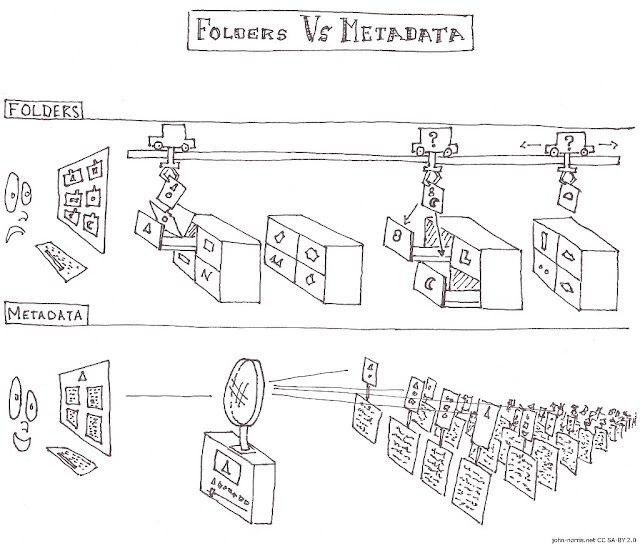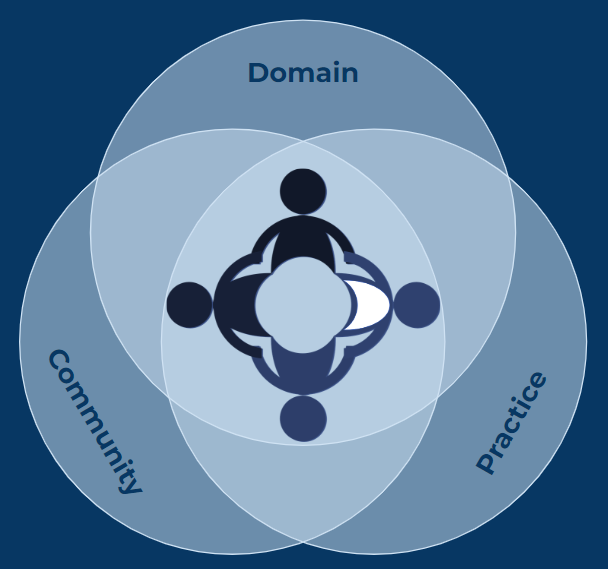Live Stream / Live Broadcast
 |
| Livestreaming can be achieved with relatively simple technology, and scaled-up as requirements dictate and budgets allow. |
In today’s digital landscape, museum educators have a powerful tool at their fingertips: livestreaming. In simple terms, a livestream is a real-time video broadcast shared over the internet. Unlike pre-recorded videos, livestreams happen live, allowing for real-time interaction between presenters and audiences.
For museum educators, livestreaming presents an exciting opportunity to connect with diverse audiences, expand access to collections, and enhance engagement. Whether you’re streaming a behind-the-scenes tour, a curator’s talk, or an interactive educational program, livestreaming can transform how museums share knowledge and experiences.
Why Livestreaming Matters for Museums
Museums have long been hubs of learning and inspiration. However, traditional in-person visits may not be accessible to everyone due to geographic, financial, or mobility-related barriers. Livestreaming helps break down these barriers by bringing museum experiences directly to audiences at home, in classrooms, and beyond.
Some key benefits of livestreaming for museums include:
Expanded Reach
Audiences from around the world can engage with your institution without needing to visit in person.
Real-Time Interaction
Viewers can ask questions and receive answers instantly, fostering engagement and deeper learning.
Flexible Content Delivery
Livestreams can be adapted for different age groups, themes, or special events, and they can often be saved for re-use in other ways.
Enhanced Accessibility
Closed captions, sign language interpreters, and other tools can make livestreams more inclusive.
Examples of Museum Livestreaming
Many museums have successfully used livestreaming to create dynamic and engaging educational experiences. Here are a few notable examples:
The Field Museum’s “Brain Scoop”
This Chicago-based museum used livestreaming as part of its popular science communication efforts, offering behind-the-scenes glimpses of research and exhibits. Browse saved videos of Brain Scoop's livestreamed episodes here: fieldmuseum.org/blog/brain-scoop
The British Museum’s Virtual Visits
Through live broadcasts, the museum provides live, interactive visits for school groups with guided explorations of exhibits and real-time Q&A with the museum's educators. Find out more about Virtual Visits here (the How it Works section might be of particular interest for educators who are investigating possibilities for livestreaming on behalf of other sites): britishmuseum.org/learn/schools/ages-7-11/virtual-visits
The Monterey Bay Aquarium’s Live Cams
One of the more literal forms of livestreaming, this collection of video feeds shows remote visitors exactly what is happening in various habitats at the aquarium right now: they are literally streamed live. Each feed is also accompanied with information such as the next feeding time (some of which are 'narrated') which interested remote viewers might use to tune in when they know something that they are interested in is going to happen. Pick a cam to view here: montereybayaquarium.org/animals/live-cams
The Smithsonian’s Live Chats
The Smithsonian institution sometimes hosts interactive sessions with scientists, historians, and educators, allowing the public to engage directly with experts via "live chats", which are then saved and hosted for later viewing, such as this one on Working at Air and Space: airandspace.si.edu/events/live-chat-working-air-and-space
If you've been involved with a livestream event and you'd like to share something related to it, please do so in the comments!
Getting Started with Livestreaming
If you’re new to livestreaming, don’t worry—it’s easier than you might think! Here are a few steps to get started:
1. Choose a Platform
Popular livestreaming platforms include Facebook Live, YouTube Live, Instagram Live, and Zoom. Select a platform that best fits your audience and engagement goals. If you're not sure which one to go with, that's fine: why not test a few and see which one suits your needs?
2. Plan Your Content
Decide on a topic, prepare key talking points, and consider visual elements like slides, artifacts, or demonstrations. You probably have plenty of experience doing this for in-person activities, but it's important to recognise that whilst there is overlap between the requirements for developing great experiences to be experienced in-person and remotely, there are also differences so do consider the different options afforded by other digital technologies to make your livestream as accessible and engaging for your audience as an in-person event.
3. Test Your Setup
Ensure you have a good camera, microphone, and stable internet connection to avoid technical issues, and practise using them so that you aren't phased by inevitable hhiccups on the day! It's a good idea to have one person who operates the technology and another who delivers the content.
4. Engage Your Audience!
5. Promote Your Livestream
Next Steps: Learning More About Livestreaming
- Attend webinars and other training on Livestreaming and related technologies: these may be available from any professional organisations that you are a member of, such as the Museums Association or GEM. If not, get in touch with them and let them know that you'd like some!
- Find other museums or galleries that are offering livestreaming events and participate as an audience member. Make notes about your experience, including what platforms they have chosen to use, and any questions you think of as you take part.
- Try to get in touch with someone from the museum whose livestream you experienced and see if they'd be happy to talk to you about how they did it, and to answer some of your questions.
- Experiment with an informal, small-scale livestream event, such as a short live Q&A session. Make sure you gather feedback from the participants to inform any attempts to scale-up.
- Ask questions amongst museum and gallery education communities that you're part of, e.g. on social media or in mailing lists hosted by professional organisations that you're a member of.







.png)


Comments
Post a Comment